Zaha Hadid Architects completes dune-like Beeah Headquarters in Sharjah
Deezen
APRIL 1, 2022
Glazing is minimised across the office to prevent exposure to the harsh desert sun, while glass fibre-reinforced concrete panels across the exterior help to regulate internal temperatures. Inside, the building is divided into two wings. Sustainability consultant (construction stage): Buro Happold. Landscape: Francis Landscape.

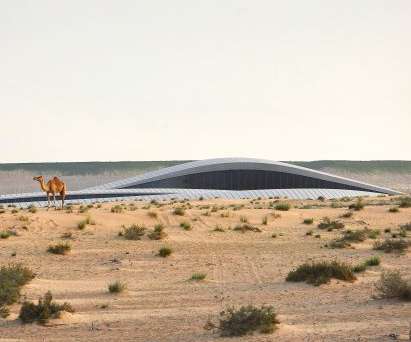
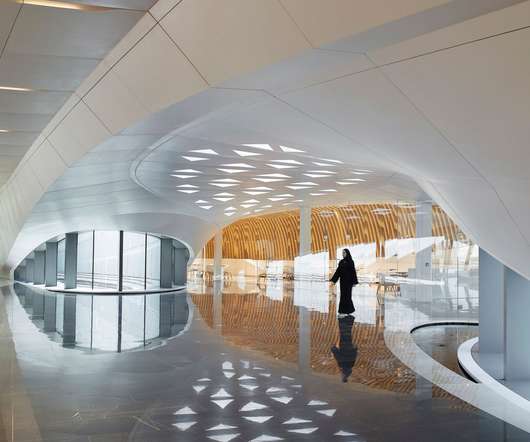
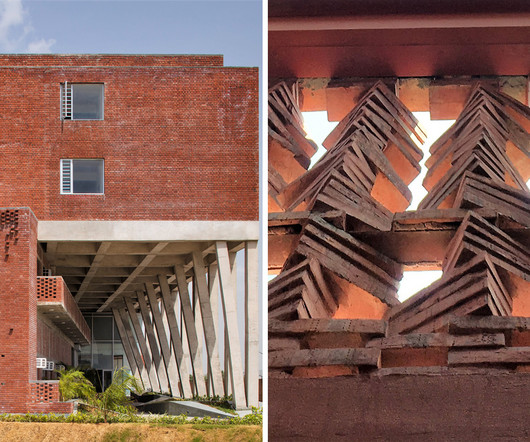
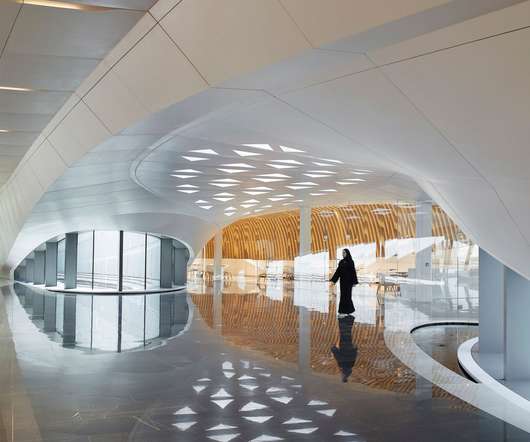
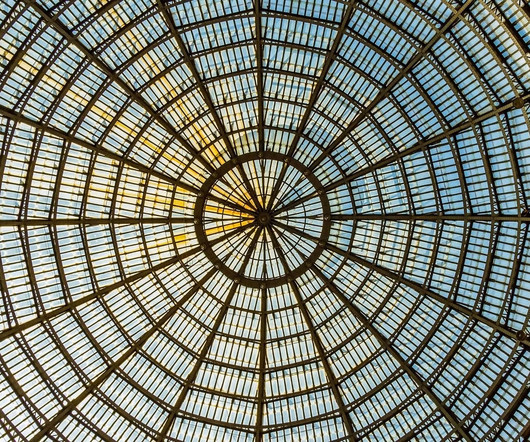
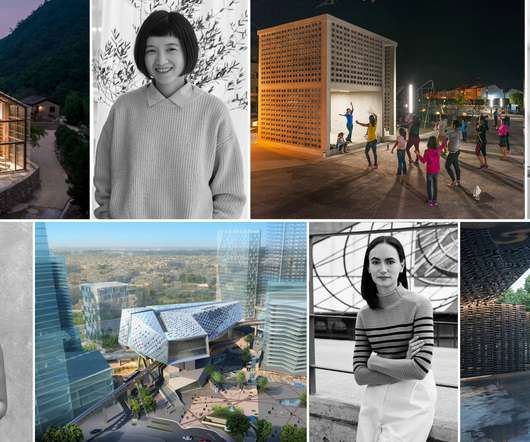







Let's personalize your content